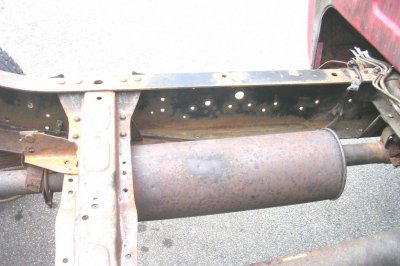C channel is designed to be installed with the greatest stresses/loading being parallel to the long side. This is apparent when looking at truck frame rails as an example.
It is a given that, other than during an t-bone type impact from a crash, the purpose of the frame rails (basically a pair of parallel c-channels) is primarily to support loads that are applied in the vertical direction.
The flanges, as you are calling them, are essentially only there to prevent twisting of the long (i.e load bearing side) during periods of heavy multi-vector loading.
Under controlled laboratory conditions, where the load force could be applied perfectly parallel to the long side (and thus eliminate any twisting/torque considerations) the short sides would basically serve no purpose.
As an example, take a hacksaw blade and observe how easy it deflects when a bending moment is applied perpendicular to the flat sides of the blade. Then try to bend the blade by applying the same moment parallel to the blade sides. It doesn't bend.
The dimension of the short sides of c-channel can be quite small in relation to the long side and still be effective. The edge length is often determined more by construction and mounting requirements than structural strength requirements. And also, to limit deflection of the long side in the event of a side impact.
Drilling into them has minimal effect on the primary purpose of the frame rails as a whole - which is to support the weight of the body and cargo loads (downward forces) and the upward forces generated by the suspension system.





